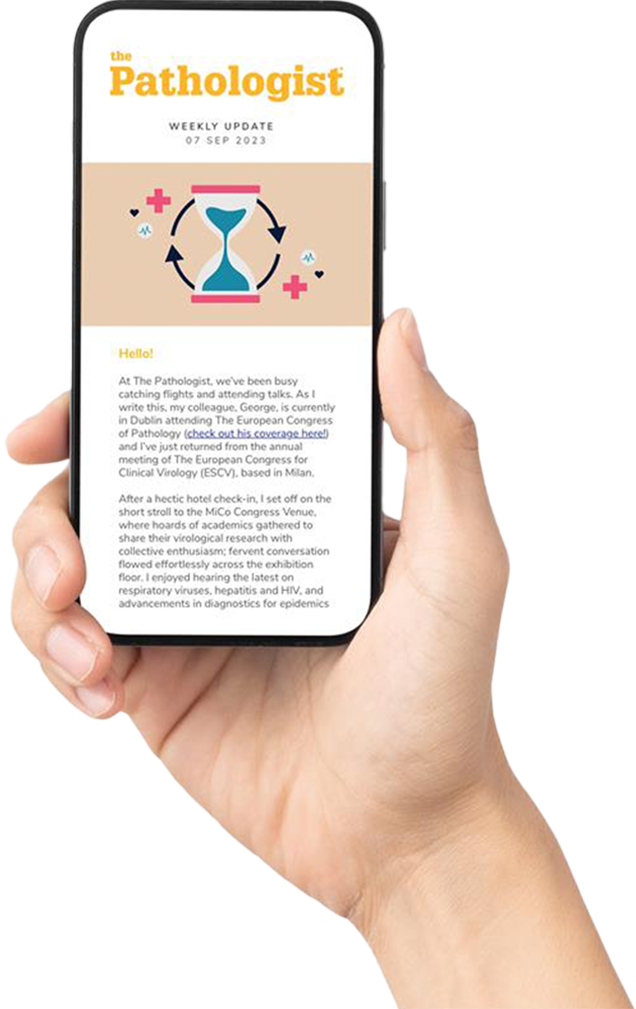A recent study in European Urology reveals alarming trends in renal cancer, highlighting 434,840 new cases and 155,953 deaths globally in 2022. The incidence varies widely, with Belarus leading at 14.1 cases per 100,000 people, while Sierra Leone reports the lowest at 0.04. Europe and Asia represent 70 percent of cases, and projections indicate a rise in cases to 745,791 and deaths to 304,861 by 2050. The study emphasizes genetic predisposition in younger patients and identifies modifiable risk factors such as obesity and smoking, stressing the need for enhanced early detection strategies.
Where Renal Cancer Strikes Hardest – and Why the Numbers Are Climbing Fast
Global analysis reveals sharp rises in incidence, survival gaps across regions, and key genetic risk factors shaping diagnostics
10/17/2025
News
2 min read
